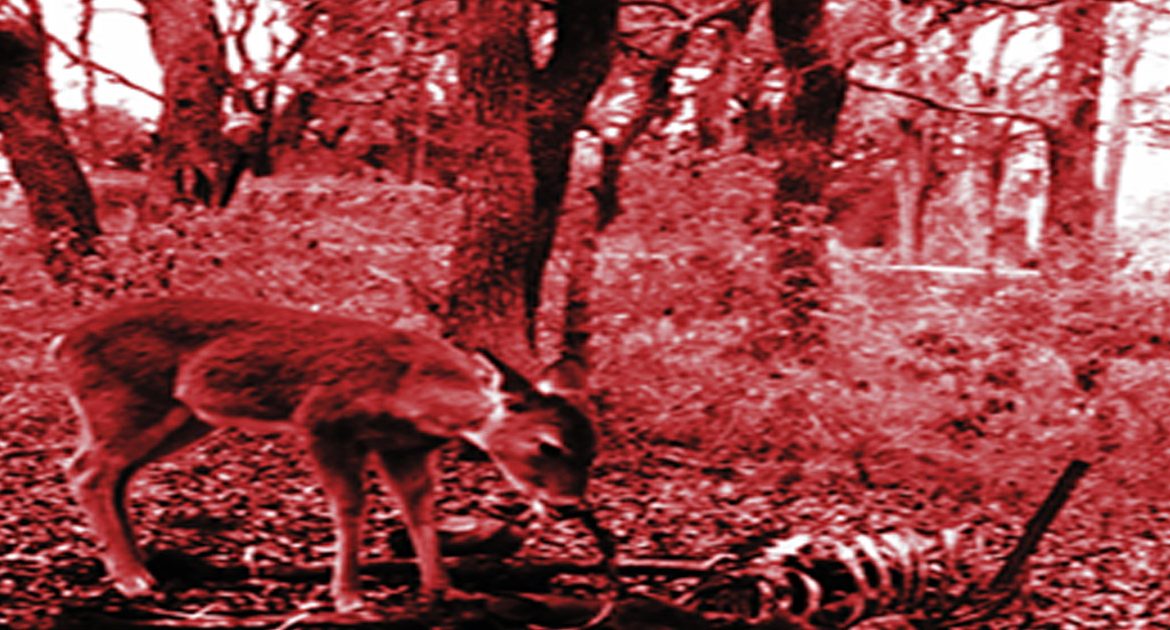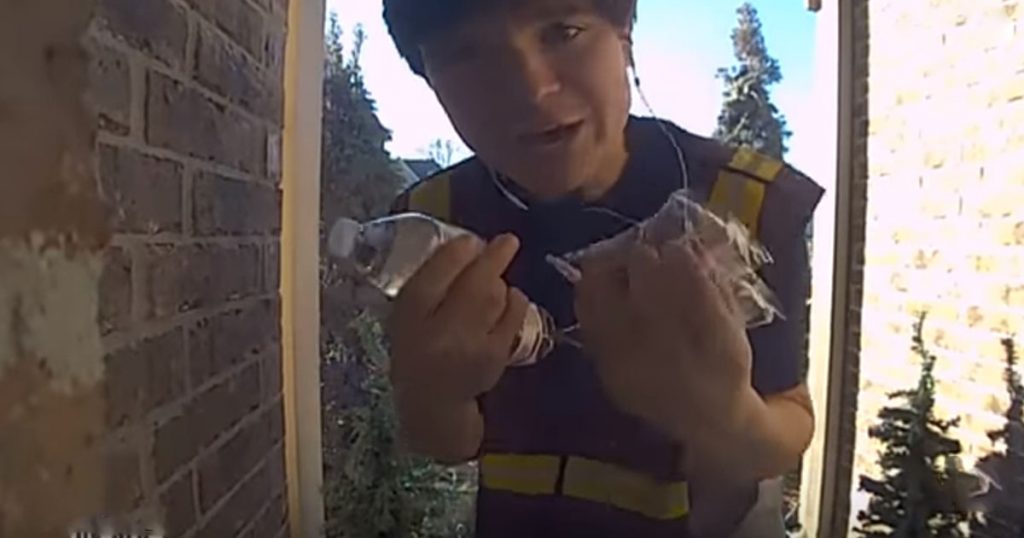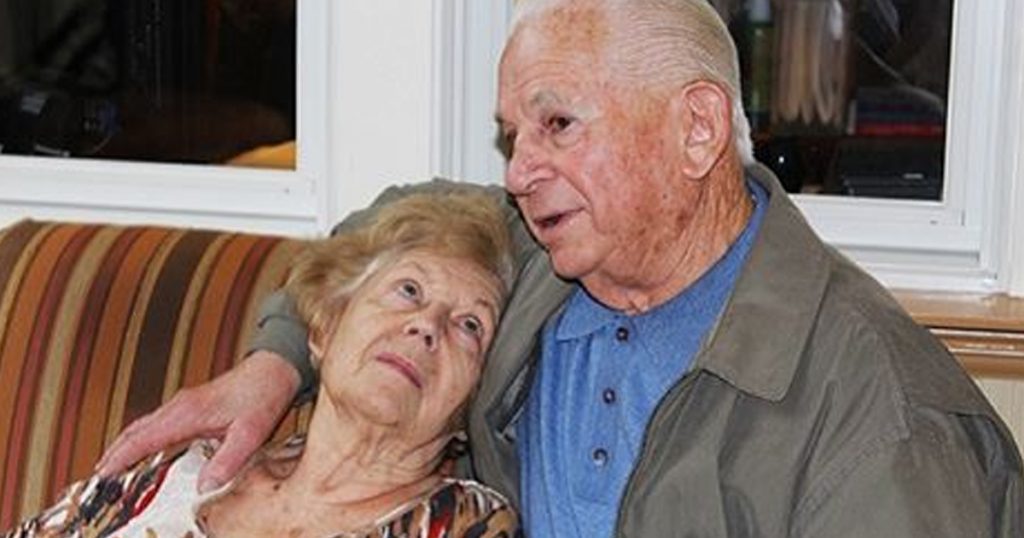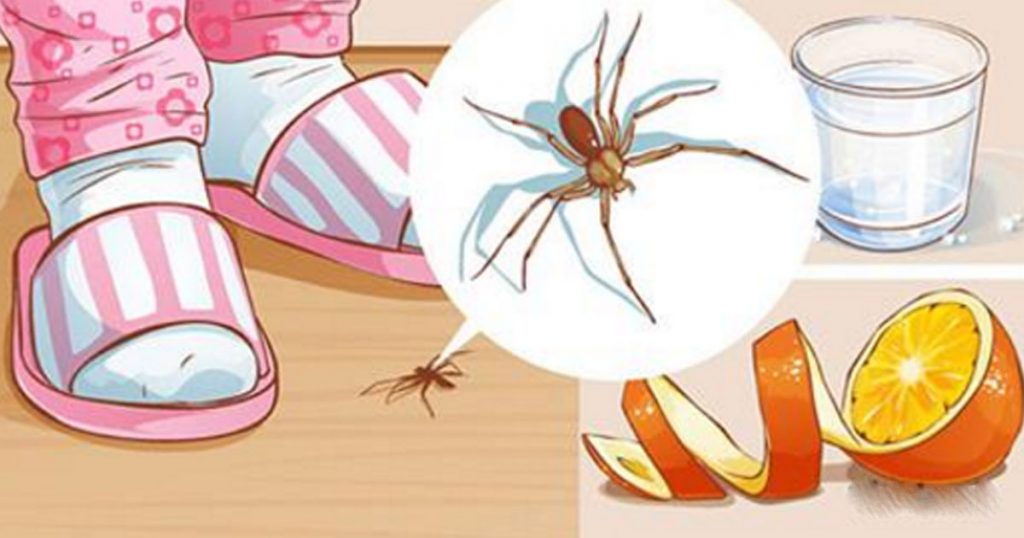Forests are full of creeps, but we don’t usually count deer among them. Deer are gentle. They’re basically vegetarian. They don’t even fight back when monkeys mount them from behind. But deer have needs too, and sometimes they have to push past nature’s limits, even if it means compromising their reputations as the sweethearts of the woods.
Sure, the deer caught going to town on a rotting human corpse, profiled on Tuesday in the Journal of Forensic Science, is a bit of an anomaly. It’s the first of its kind to be caught munching on Sapiens, and the guilty look on its face as it gnaws on a human rib is the epitome of the phrase “deer in headlights.” But it’s not as if it woke up with a fresh appetite for decaying human and deliberately planned to have dead human flesh for lunch.
As the scientists from the Forensic Anthropology Research Facility in San Antonio, Texas explain in their article, the deer was probably just trying to source the deer version of a nutritional supplement. Let’s cut our furry friend some slack.
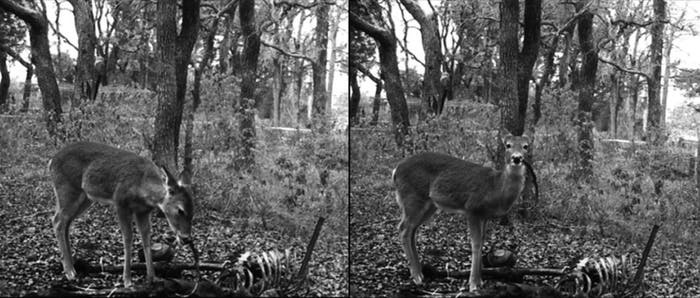
This deer (or these deer) was snapped hanging out by a human skeleton and gnawing on rib bones.
This deer (or these deer) was snapped hanging out by a human skeleton and gnawing on rib bones.
While we usually imagine deer munching on leaves and grass in idyllic settings, they actually do quite a bit of gnawing on bones, the researchers point out. Deer practice “osteophagia” — having an appetite for bones — to stock up on trace minerals, like phosphorus, calcium, and sodium, which they usually don’t get through their usual veggie diets. It becomes especially important to do so during periods of “nutritional stress,” like the winter months.
The photos of this deer (or possibly deer, plural — the researchers aren’t sure) were snapped in January 2015 in the 26-acre Texas forest where the forensic scientists do their work. Their research largely involves taking human corpses and throwing them into the wild, which allows them to observe things like decomposition rate, the effects of exposure to weather, and, yes, the marks that carnivorous scavengers leave behind. Usually, the latter comprise the usual flesh-eating suspects — vultures, raccoons, coyotes, and the like — and not usually deer.
But nature occasionally tends toward the unusual.
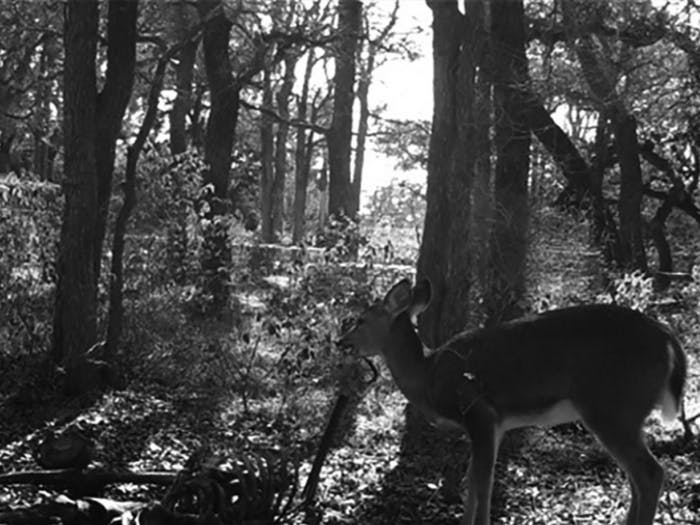
The scientists were able to classify the deer’s human bone-gnawing as a nutrition-focused behavior because the chewing patterns were similar to those made by deer on non-human bones in the past. In the photo, the position of the rib in the deer’s mouth recalls another scientist’s account, in which the orientation was “described, amusingly, as extending from the side of the mouth like a cigar.”
If this four-legged freak was, indeed, just trying to get some mineral supplementation, you can’t exactly blame it for going for the very convenient stockpile of calcium, phosphorus, and sodium that people dumped on its kitchen table. Is it really any different from a human raiding a drugstore for multivitamins instead of foraging for them in the wild?
